I was able after a short time to get it connected and to photograph the moon and I’m very pleased with the result. It is quite a steep learning curve but seems a great piece of kit
Best I have used so far
Excellent service and arrived sooner than expected as a pesent for our young son who loves space and astronomy. It is very easy to use and quick to set up. He absolutely loves it and is now actively asking when we will next get a clear sky so he can go stargazing!











